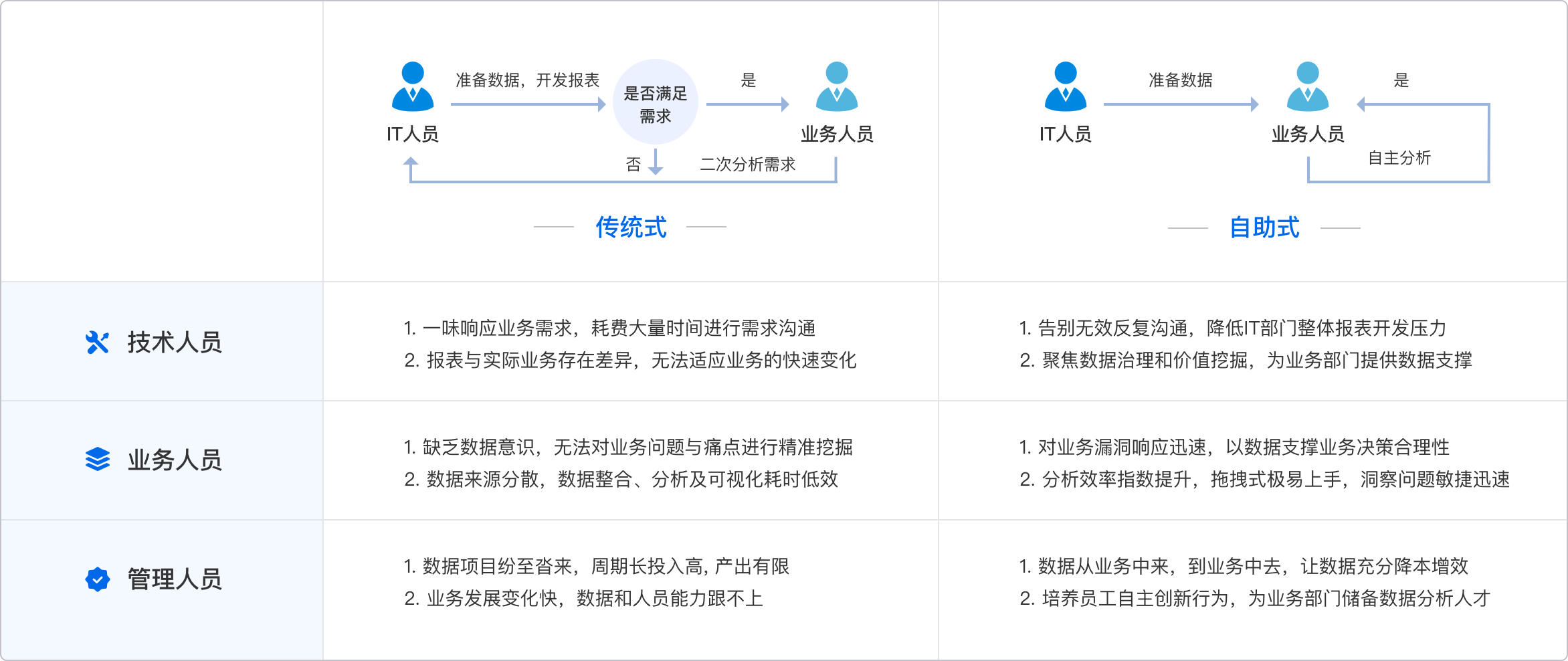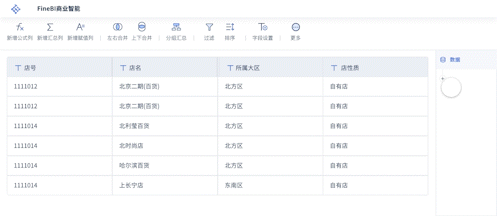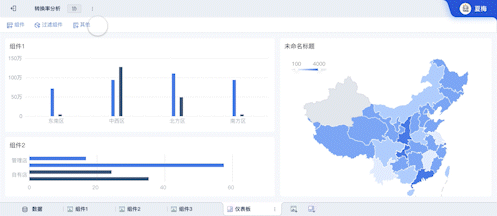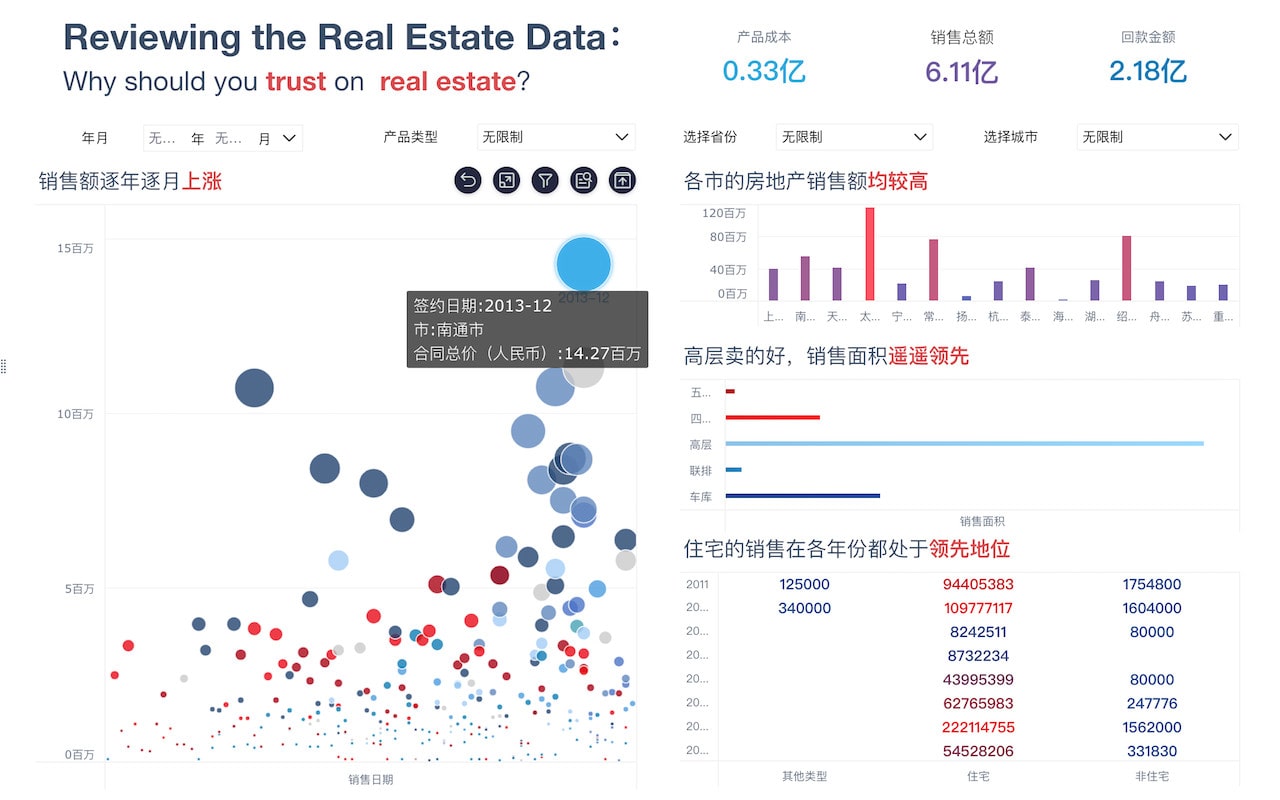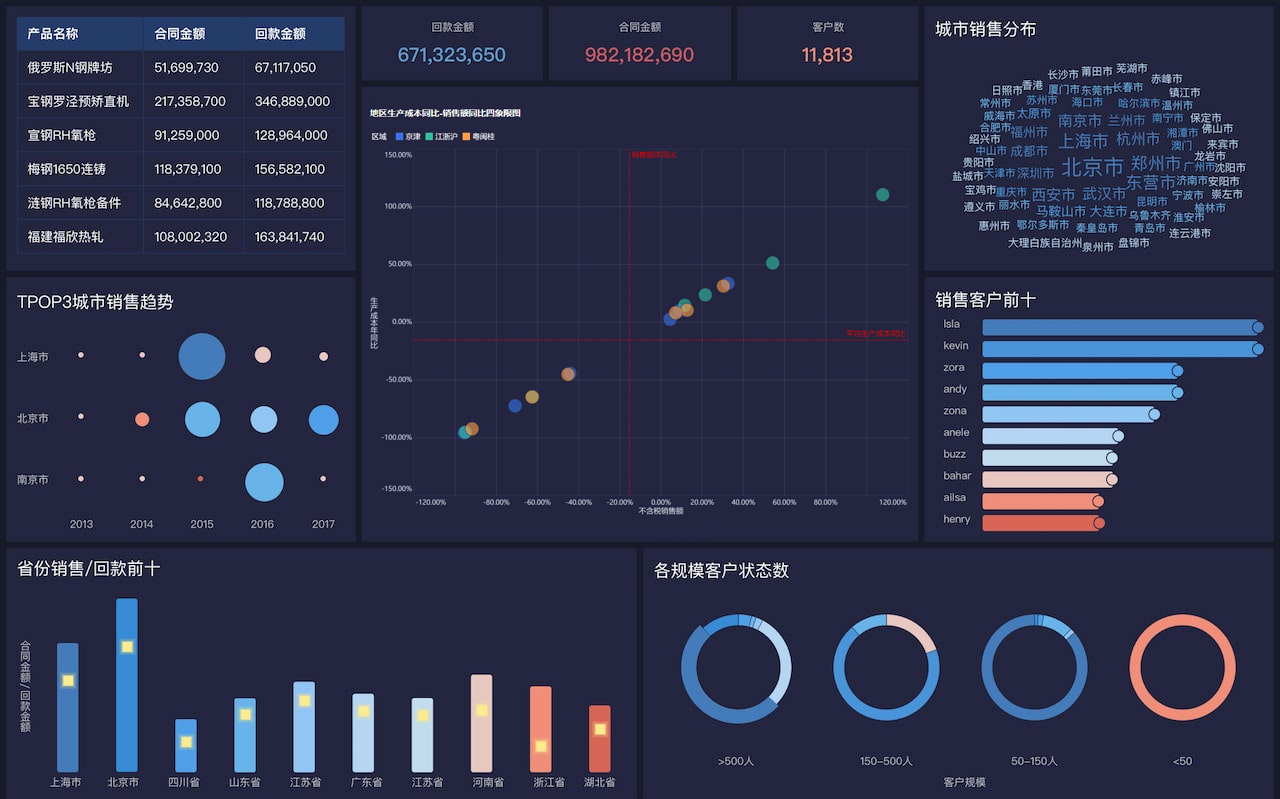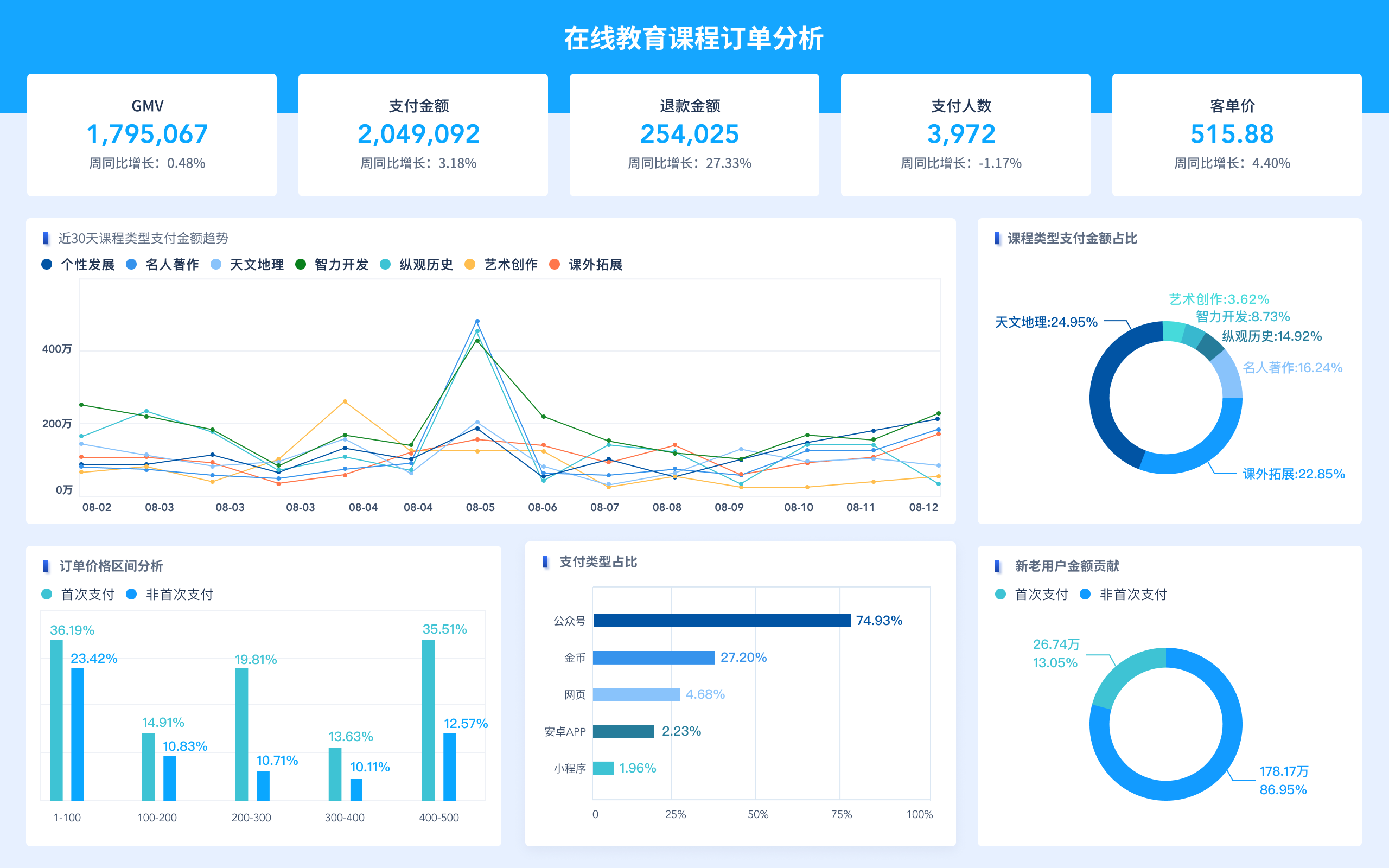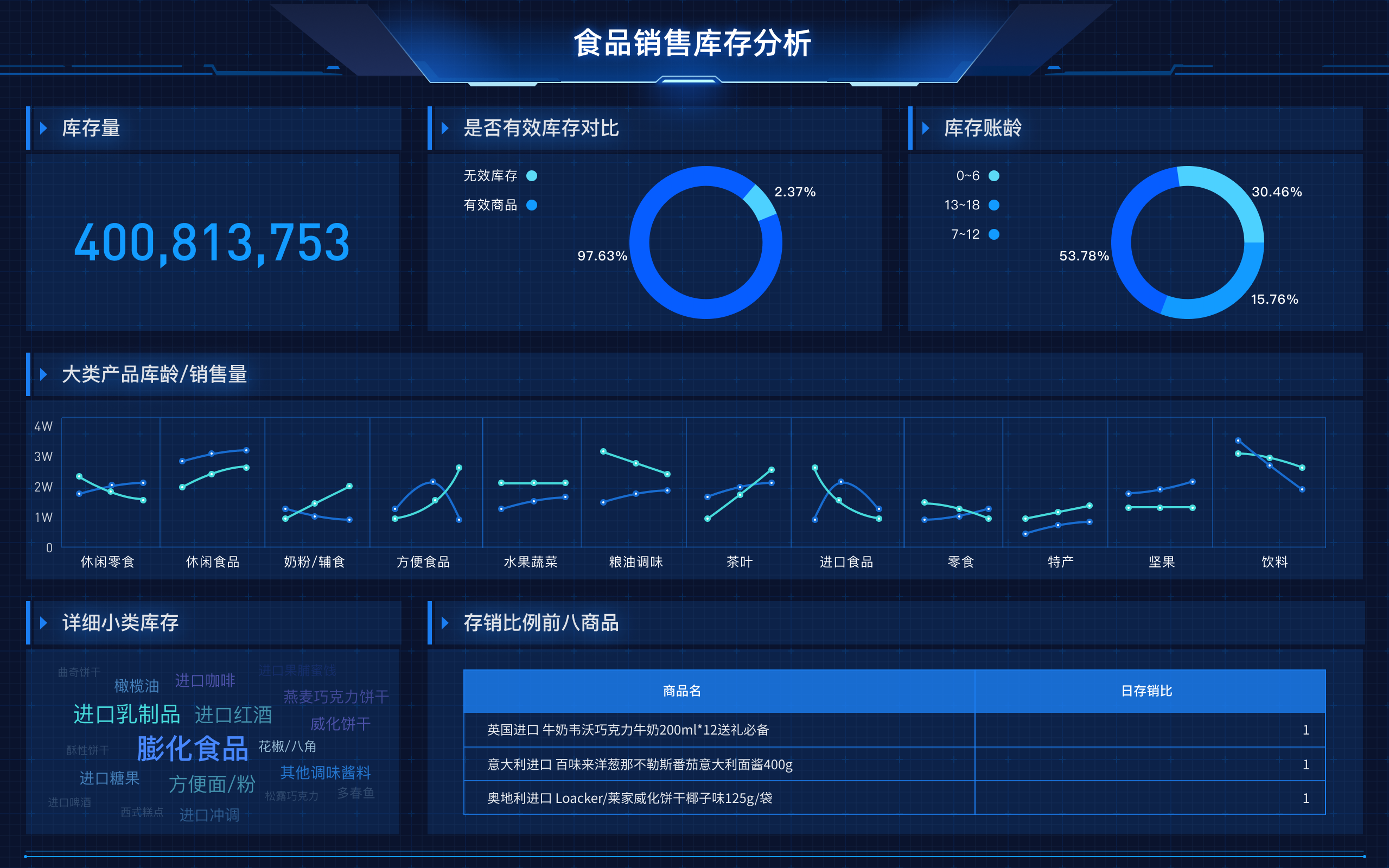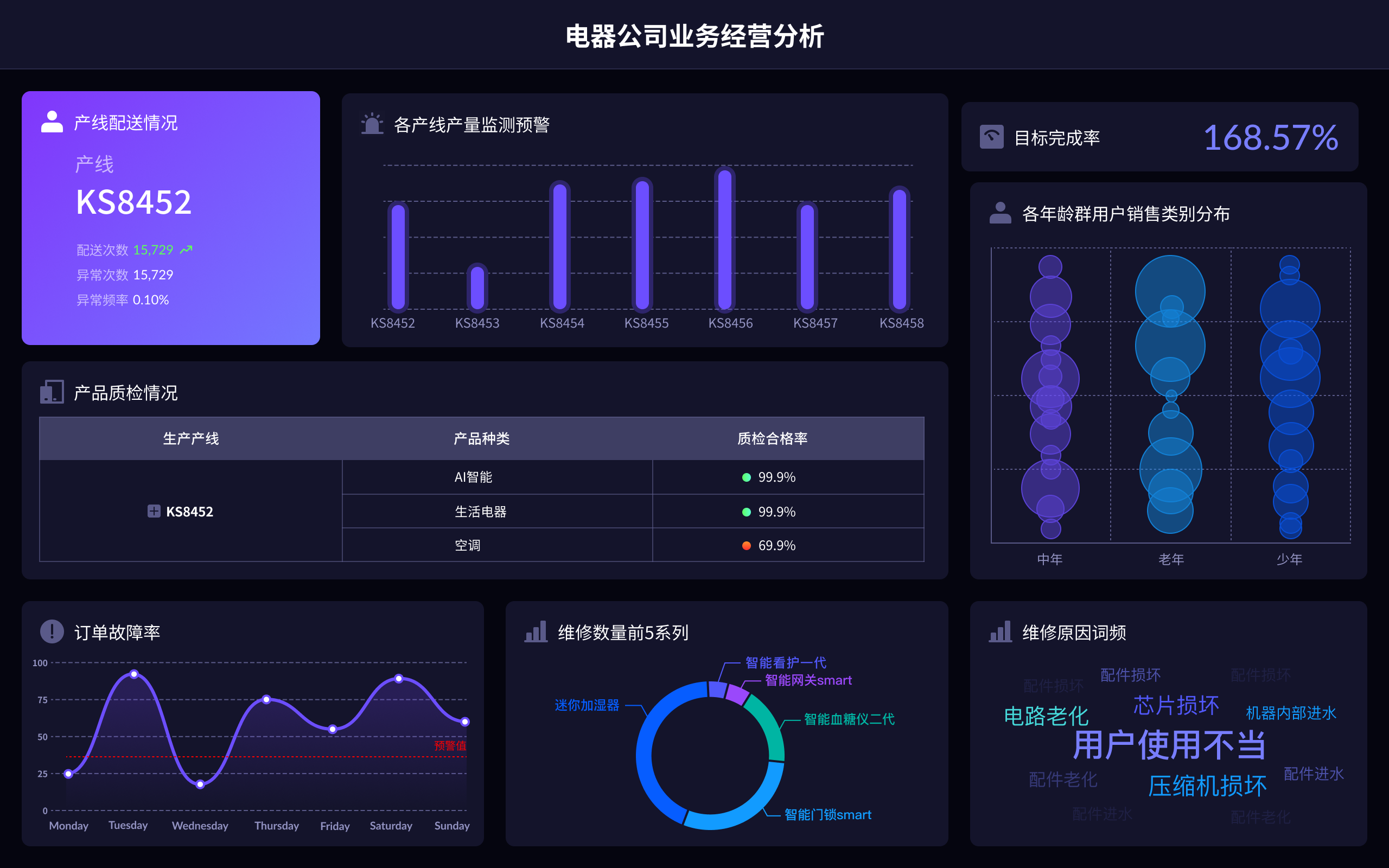
In the book "Data Warehouse," the primary concepts revolve around the importance of data centralization, data quality, and analytical capability. Data centralization is crucial as it allows organizations to gather all their data from various sources into one unified system. This helps in reducing data silos and ensures that all departments are working with the same information. By centralizing data, companies can achieve a more comprehensive view of their operations, leading to better decision-making and strategic planning. The emphasis on data quality is also critical. High-quality data ensures that the insights derived are accurate and reliable, enabling businesses to trust the conclusions drawn from their analyses. Analytical capability, another core concept, empowers organizations to perform complex analyses, identify trends, and make data-driven decisions that propel the business forward.
I、IMPORTANCE OF DATA CENTRALIZATION
Data centralization is a fundamental aspect of a data warehouse that allows for the aggregation of data from various sources into a single, unified repository. This process eliminates data silos, which are isolated data storage locations that can prevent different departments within an organization from accessing and sharing information efficiently. By consolidating data, organizations ensure consistency across their operations, enabling a holistic view of their business processes. Centralized data facilitates better decision-making and strategic planning by providing a comprehensive and consistent data landscape. Moreover, it enhances data governance by making it easier to implement and monitor data policies, ensuring data security and compliance with regulations. In a centralized system, data redundancy is minimized, and data integrity is maintained, which enhances the overall efficiency and reliability of data-driven operations.
II、SIGNIFICANCE OF DATA QUALITY
Data quality is paramount in any data warehouse environment as it directly affects the reliability and accuracy of the insights generated. High-quality data is characterized by its accuracy, completeness, consistency, timeliness, and relevance. Ensuring data quality involves implementing rigorous data validation and cleansing processes to eliminate errors, duplicates, and inconsistencies. Quality data leads to trustworthy analytics, enabling organizations to make informed and effective decisions. Poor data quality, on the other hand, can result in misleading conclusions, which may lead to strategic missteps and operational inefficiencies. Organizations must establish robust data governance frameworks to continuously monitor and improve data quality, ensuring that the data remains a valuable asset. This involves defining clear data quality standards, implementing data stewardship roles, and utilizing advanced tools and technologies for data profiling and quality assessment.
III、ENHANCING ANALYTICAL CAPABILITY
The analytical capability of a data warehouse is a critical component that empowers organizations to extract actionable insights from their data. By leveraging advanced analytics tools and techniques, businesses can perform complex analyses, such as predictive modeling, trend analysis, and data mining. These capabilities enable organizations to uncover hidden patterns, forecast future outcomes, and make data-driven decisions that drive growth and innovation. Enhancing analytical capability involves investing in state-of-the-art analytics platforms and ensuring that data is structured in a way that facilitates easy access and analysis. Additionally, fostering a culture of data literacy within the organization ensures that employees at all levels are equipped to interpret and utilize data effectively. This involves providing training and resources to develop analytical skills and encouraging a mindset of continuous learning and curiosity about data.
IV、IMPLEMENTING DATA WAREHOUSE ARCHITECTURES
Implementing an effective data warehouse architecture is crucial for maximizing the benefits of data centralization, quality, and analytics. Various architectural models, such as star schema, snowflake schema, and data vault, offer different advantages and should be chosen based on the organization's specific needs and goals. A well-designed architecture ensures optimal performance, scalability, and flexibility, allowing the data warehouse to grow and adapt with the organization. Key considerations in architecture design include data modeling, storage solutions, and integration with existing systems and workflows. Leveraging cloud-based data warehouse solutions can also provide additional benefits, such as cost-efficiency, scalability, and ease of management. Furthermore, the architecture should support real-time data processing and analytics to enable timely decision-making and responsiveness to changing business environments.
V、DATA WAREHOUSE AND BUSINESS INTELLIGENCE
The integration of data warehousing with business intelligence (BI) tools is essential for transforming raw data into meaningful insights that drive business success. BI tools provide a user-friendly interface for accessing, visualizing, and analyzing data stored in the data warehouse, making it accessible to non-technical users. This democratization of data empowers all levels of an organization to leverage data in their decision-making processes, fostering a data-driven culture. Effective use of BI tools involves creating interactive dashboards, reports, and visualizations that highlight key performance indicators (KPIs) and metrics relevant to business objectives. This enables stakeholders to monitor performance, identify opportunities for improvement, and respond proactively to market trends. The synergy between data warehousing and BI enhances organizational agility and competitiveness in a rapidly changing business landscape.
VI、CHALLENGES AND FUTURE TRENDS IN DATA WAREHOUSING
Despite the numerous advantages, data warehousing also presents challenges that organizations must navigate to fully realize its potential. Common challenges include data integration complexities, high implementation and maintenance costs, and the need for skilled personnel to manage and operate the data warehouse. Additionally, as data volumes continue to grow exponentially, scalability becomes a critical concern. Organizations must adopt innovative solutions and technologies, such as big data processing frameworks and artificial intelligence, to address these challenges. Future trends in data warehousing include the increasing adoption of cloud-based solutions, the integration of machine learning capabilities, and the emphasis on real-time analytics and processing. Staying abreast of these trends and continuously evolving the data warehousing strategy will be essential for organizations to maintain a competitive edge and harness the full power of their data assets.
In conclusion, "Data Warehouse" emphasizes the importance of a well-structured and efficiently managed data warehouse to enhance data centralization, quality, and analytics. By addressing challenges and leveraging future trends, organizations can unlock the full potential of their data, driving strategic success and innovation.
相关问答FAQs:
“数据仓库读后感”可以翻译为 “Reflection on Data Warehousing” 或 “Thoughts on Data Warehousing”。这个表达可以用于分享对数据仓库相关书籍、文章或课程的个人看法和理解。
本文内容通过AI工具匹配关键字智能整合而成,仅供参考,帆软不对内容的真实、准确或完整作任何形式的承诺。具体产品功能请以帆软官方帮助文档为准,或联系您的对接销售进行咨询。如有其他问题,您可以通过联系blog@fanruan.com进行反馈,帆软收到您的反馈后将及时答复和处理。


